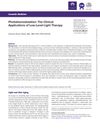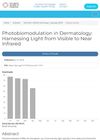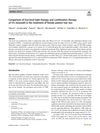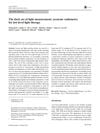Photobiomodulation or Low-Level Laser Therapy
December 2016
in “
Journal of biophotonics
”
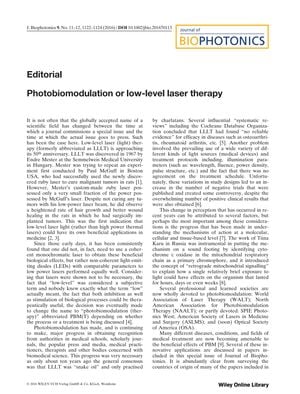
TLDR Low-level laser therapy, now called photobiomodulation, is recognized for its broad medical applications and scientific backing.
The field of low-level laser (light) therapy, now known as photobiomodulation (PBM), has evolved significantly since its discovery in 1967. Initially thought to be effective only with coherent monochromatic lasers, it has been found that non-coherent light-emitting diodes (LEDs) are equally effective. The change in nomenclature from LLLT to PBM reflects a broader understanding of the therapy's mechanisms and applications, moving away from the subjective term "low-level" and acknowledging both inhibitory and stimulatory biological effects. Despite skepticism and negative systematic reviews in the past, PBM has gained recognition due to advances in understanding its molecular, cellular, and tissue-based mechanisms, notably the work of Tiina Karu identifying cytochrome c oxidase as a primary chromophore. This special issue of the Journal of Biophotonics highlights the global progress in PBM research, with a significant number of contributions from Brazil. Studies cover a range of applications, including hearing loss, cancer therapy, skin fibrosis, fungal infections, lung inflammation, dentistry, diabetes, obesity, traumatic brain injury, and athletic performance. The field, once dismissed, is now gaining legitimate scientific and medical recognition.

